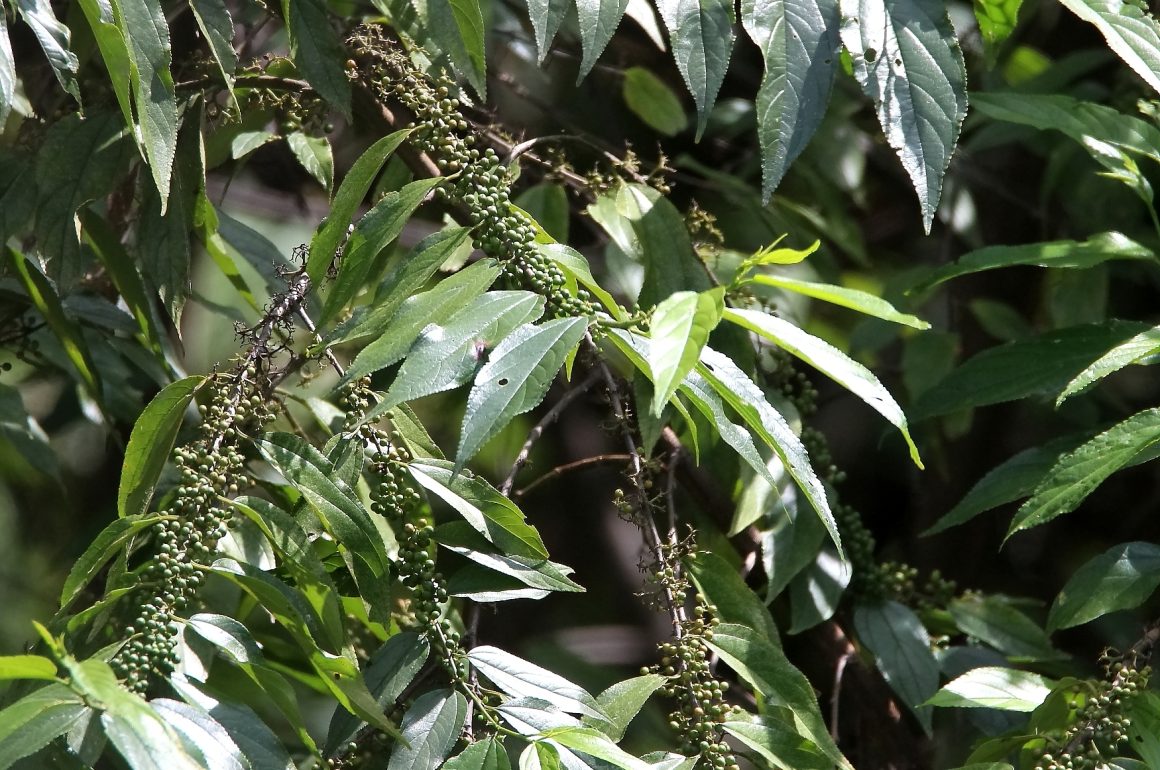
I love trees. Our postcard-sized yard, once a weed patch, now sports eleven of them. I have abused my privileges as founding pastor of a church here to plant some 90 seedling and sapling trees, and counting, on the church’s half-hectare (one acre) lot.
While I enjoy almost all trees, over the years those which feed and shelter the most birds have moved to the top of my list of favorites. Central Mexico’s many oak species are absolute powerhouses of caterpillar production, and caterpillars are essential food for most birds’ young. That is why I have some fifteen pots with compost and acorns right now, in the hope of adding to the twenty oaks I have already established on the church property. Granjenos are a fantastic food and shelter source in our region, and although I have had no success at planting them from seed, I carefully protect all those which sprout on their own.
I have a long list of other trees which I love. But of all of them, the one that has most impressed me is the Jamaican Nettletree, Trema micanthrum. (In spite of its name, it appears to be native to Mexico and many other countries around the Caribbean Sea and Gulf of Mexico.) This medium sized tree can be found here along deep gulches in the transitional zone between our highland pine/oak forests and the lowland thorn forest. For up to half a year, it bears incredible quantities of tiny seeds, which seem to drive birds crazy. I actually tasted one once. To me, the seeds have only the faintest peppery taste. But what do I know? Poor me, I have no feathers.
What amazes me about this tree is the wide variety of birds that feed upon it. I never visit a Nettletree in fruit without seeing multiple families of birds enjoying the feast. Finches, Siskins, Ground-Finches, multiple Sparrows, and Brush-Sparrows? Obviously. Four Bunting species and three Doves? Sure, they like seeds. Four different Tanagers? A bit less expected, but whatever.
But then there are the five Thrush species that go crazy for this tree. Add on the Lesser Roadrunner, Masked Tityra, Rose-throated Becard, Blue Mockingbird, and turkey-sized West-Mexican Chachalaca. The Sulphur-bellied Flycatcher ought to be, well, catching flies; but no, it’s eating Nettletree seeds. As does the Greenish Elaenia, also a Tyrant Flycatcher. Oddly, the Gray Silky-Flycatcher is not a true flycatcher, so it adds one more family. Spectacular Squirrel Cuckoos join their Roadrunner relatives at the party. Woodpeckers, Warblers and Gnatcatchers probably come to find insects, but if so, then this tree must also offer plenty of those as well. I’m not sure what five Vireo species come for. But they do come. Several kinds of Oriole may turn up, which is always a good thing.
I went to visit the Nettletrees last week. It wasn’t my best week for photography. But I did manage portraits of some of the usual Nettletree clientele.
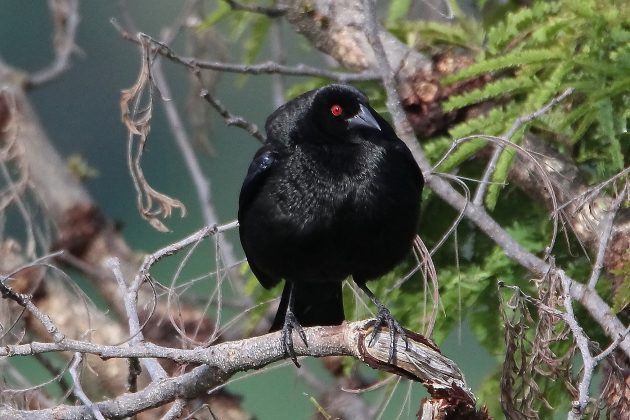
The male Bronzed Cowbird can be a striking bird.
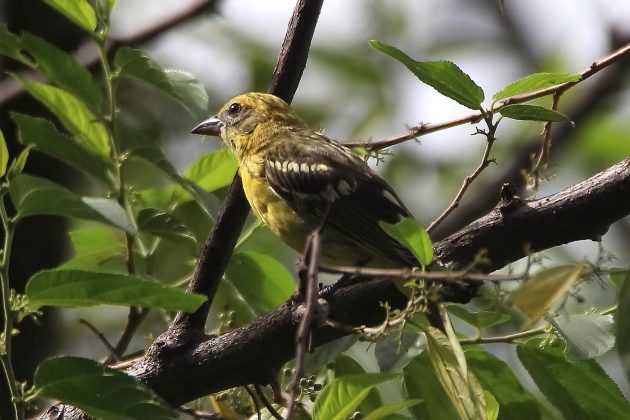
This is a female Flame-colored Tanager. Only the male is flame-colored.
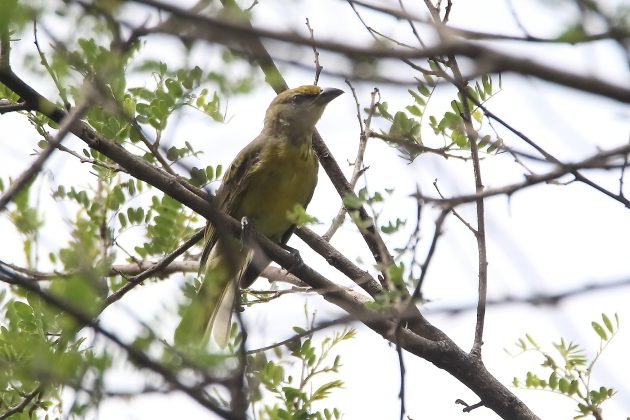
This is a female Hepatic Tanager. Only the male is liver-colored.

A White-throated Thrush

A smaller Orange-billed Nightingale-Thrush
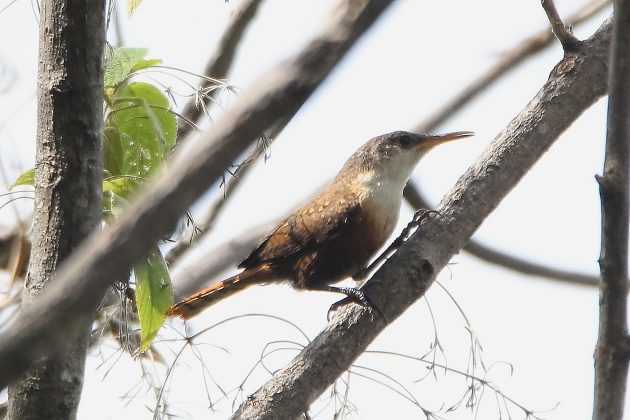
Canyon Wrens almost certainly come for insects, not seeds.
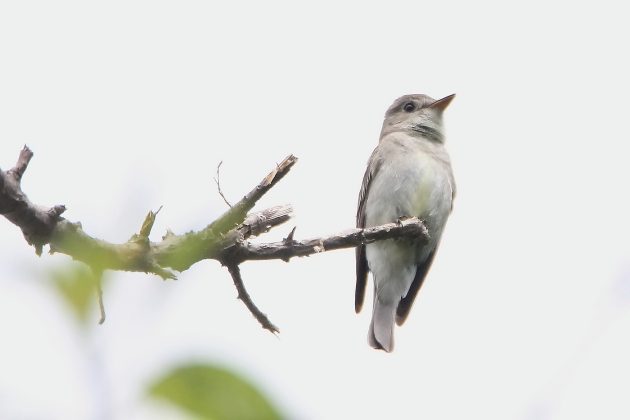
I’ve also never seen the Western Wood-Pewee eat seeds.
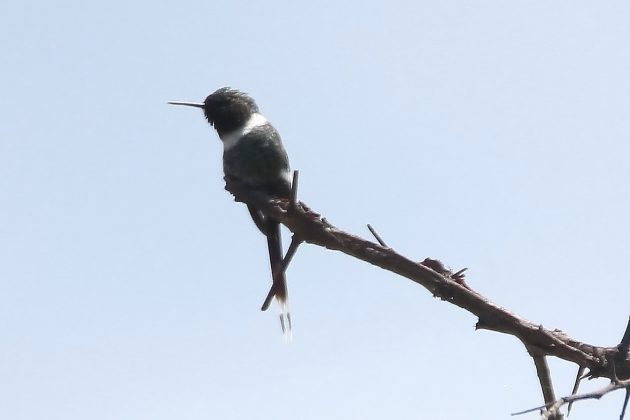
A bit downhill, and with no apparent affinity to Nettletrees, a pair of beautiful male Sparkling-tailed Woodstars appeared.
The only thing I don’t like about the Jamaican Nettlestar is that so far my long-term attempts at growing this tree have failed. Twice I have managed to start saplings, but they have lasted only a year or so in the ground. I will keep on trying. In fact, I currently have two pots planted with seed gathered on this very outing. Our summer rains are doing their best to give me another chance at success.






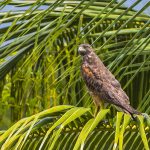


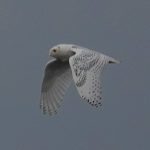
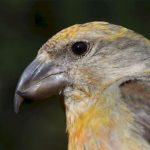

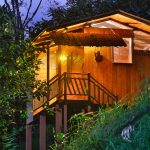
That’s some great advice for birders: know your trees!
Your tree story has inspired me to look more closely at our trees and the birds and to keep propagating and planting our native species.